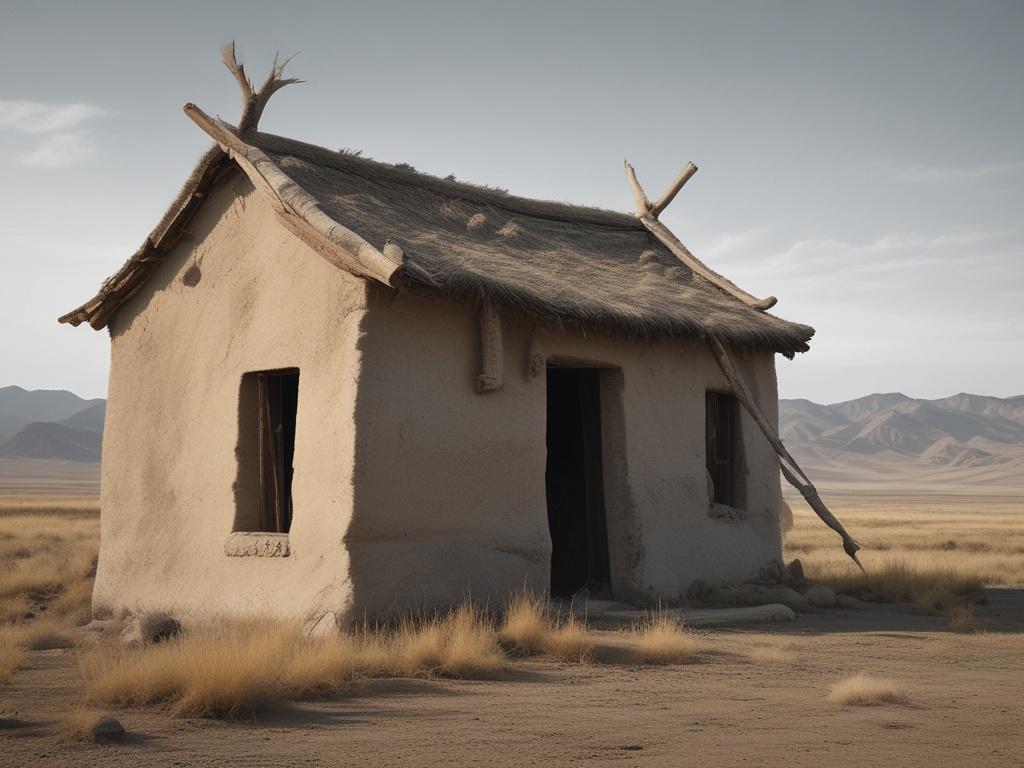

Southern Mongolia, a region steeped in untold stories and rich traditions, offers visitors a unique glimpse into its vibrant history and cultural heritage. From the expansive grasslands to the rugged mountains, this breathtaking landscape has been home to various nomadic tribes and influential kingdoms that have shaped the identity of the area over centuries. As you explore the vibrant history of Southern Mongolia, you will uncover the remarkable tales of resilience, innovation, and artistry that define its people.
Delving into the diverse cultural heritage of Southern Mongolia reveals a tapestry woven from ancient customs, unique crafts, and breathtaking performances. The traditions that have persisted through generations continue to play a vital role in the lives of the locals, enriching the region's identity and offering a fascinating experience for visitors. Join us on this journey as we explore the landmarks, stories, and cultural treasures that illuminate the rich past of Southern Mongolia and understand why it remains a captivating destination for history enthusiasts and explorers alike.
Uncover the vibrant history of Southern Mongolia: A journey through time
Southern Mongolia boasts a rich tapestry of history that captivates all who venture into its vast landscapes. From ancient nomadic tribes to the powerful Mongol Empire, this region has witnessed the rise and fall of myriad civilizations. As you explore Southern Mongolia, you will uncover remnants of ancient rock carvings, Buddhist temples, and the remains of historic trade routes that once thrived along the Silk Road. Each of these elements contributes to a captivating narrative, illustrating the resilience and adaptability of the people who have called this land home throughout the ages.
The vibrant history of Southern Mongolia is also closely intertwined with its natural scenery. The majestic Gobi Desert, rolling grasslands, and rugged mountains have shaped the lives of its inhabitants for centuries, creating a unique symbiosis between culture and environment. Traveling through this stunning landscape, you will encounter traditional nomadic clans who maintain age-old practices, allowing you to experience first-hand the timeless traditions that have emerged from the region's rich historical backdrop. By immersing yourself in Southern Mongolia's past, you will not only grasp its significance in the larger narrative of world history but also gain a deeper appreciation for its enduring cultural heritage.
Cultural heritage of Southern Mongolia: Traditions that shape identity
Southern Mongolia boasts a rich tapestry of cultural heritage that reflects the region's diverse ethnic groups, including the Mongols, Khalkha, and various nomadic tribes. Traditional practices have been meticulously passed down through generations, showcasing a deep reverence for nature and ancestral traditions. The art of throat singing, or hoomi, captivates audiences with its unique vocal techniques, embodying the spirit of the vast steppes. Additionally, the intricate craftsmanship found in traditional Mongolian clothing, saddle-making, and felt production illustrates a profound connection to the harsh yet beautiful landscape.
Festivals play a crucial role in preserving the cultural identity of Southern Mongolia. Events such as Naadam celebrate the spirit of the Mongolian people through sports, music, and dance, uniting communities in a shared appreciation for their heritage. The vibrant colors and harmonic sounds of these gatherings highlight the communal strength and resilience found within the nomadic lifestyle. By engaging with these traditions, visitors not only explore the vibrant history of Southern Mongolia but also gain a deeper understanding of the values and beliefs that continue to shape the region's identity today.
Explore the landmarks and stories: Discovering Southern Mongolia's rich past
Southern Mongolia is a treasure trove of historical landmarks that narrate the region's vibrant past. The ancient town of Kharkhorin, once the capital of Genghis Khan's empire, serves as a key focal point for historians and travelers alike. Visitors can explore the ruins of the Erdene Zuu Monastery, a symbolic representation of the fusion between Mongolian Buddhism and ancient traditions. These historic sites draw attention to the region’s profound cultural evolution, showcasing the influence of both nomadic heritage and settled lifestyles. As you wander through the remnants of bustling trade routes and age-old cities, the stories of conquerors, traders, and scholars emerge, connecting visitors with Southern Mongolia's significant historical narrative.
In addition to Kharkhorin, other locations like the scenic Gobi Desert and the majestic Altai Mountains invite exploration and reflection. The Gobi is not only famous for its unique landscapes but also for its role in the Silk Road, where goods and ideas exchanged hands, shaping the livelihoods of countless people. Each valley and mountain holds tales of adventure and resilience, offering an immersive experience that goes beyond mere sightseeing. Local herders and communities share their rich oral traditions, filling the atmosphere with stories that reflect the enduring spirit of Southern Mongolia. By delving into its landmarks and the narratives woven within them, one can truly appreciate the complex and vibrant history that remains alive in this remarkable region.